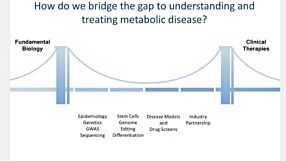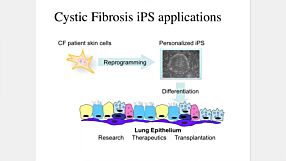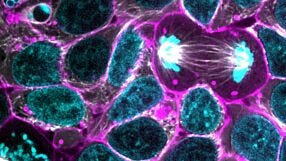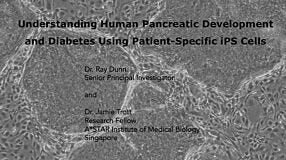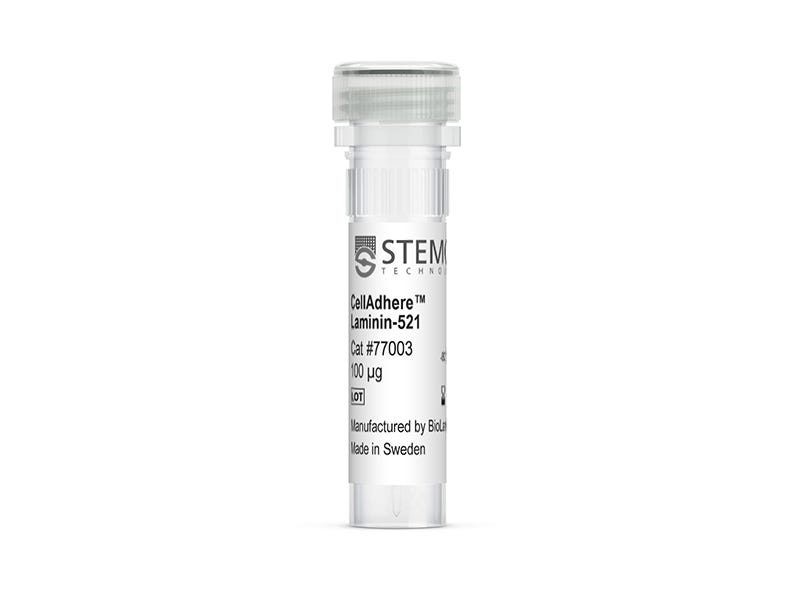Genome Editing From Modeling Disease to Novel Therapeutics
The use of genome editing tools to generate specific DNA variants in hPSCs provide more accurate modeling of human disease when differentiated into human-derived tissues. View this webinar presented by Dr. Chad Cowan at Harvard University, who discussed the design and use of TALENs or CRISPR/Cas9 systems with hPSCs and the applications of modified hPSCs, including disease modeling and gene therapy.
The ability of human pluripotent stem cells (hPSCs) to differentiate into the many specialized cell types of the human body holds great promise for the study and treatment of human disease. Genome editing of hPSCs can allow for more accurate modeling of human diseases by introducing disease-specific mutations, or correct genetic aberrations in patient-derived induced pluripotent stem cell lines. Advances in tools such as transcription activator-like effector nucleases (TALENs) or clustered regularly interspaced short palindromic repeat (CRISPR) technologies have improved the ease and efficiency of genome editing in hPSCs.
Watch this free webinar featuring Dr. Chad Cowan (Harvard University) to learn how you can modify hPSC genomes and enhance the physiological relevance of your research.
Topics:
- Culture conditions for expansion and cloning of hPSCs
- Design and use of TALENs or CRISPRs with hPSCs
- Identification of clones without antibiotic selection
- Applications of modified hPSCs including disease modeling
- Use of the CRISPR/Cas system for gene therapy
Publish Date:
June 20, 2014
Request Pricing
Thank you for your interest in this product. Please provide us with your contact information and your local representative will contact you with a customized quote. Where appropriate, they can also assist you with a(n):
Estimated delivery time for your area
Product sample or exclusive offer
In-lab demonstration
By submitting this form, you are providing your consent to STEMCELL Technologies Canada Inc. and its subsidiaries and affiliates (“STEMCELL”) to collect and use your information, and send you newsletters and emails in accordance with our privacy policy. Please contact us with any questions that you may have. You can unsubscribe or change your email preferences at any time.
